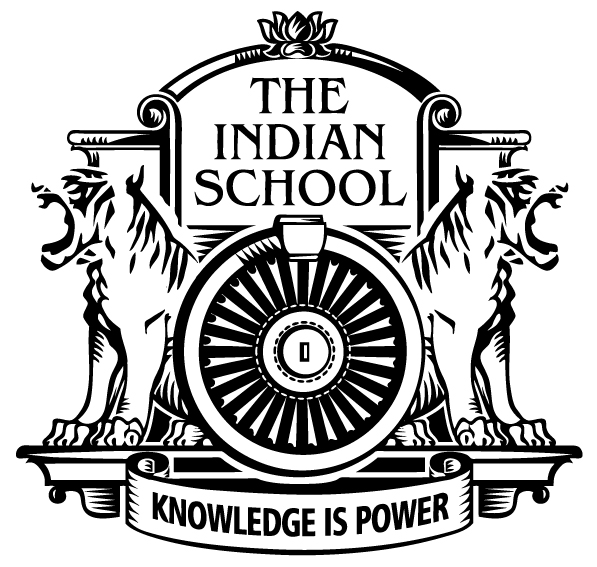Model United Nations Conference at St. Stephen's College
On 7 March, 2014, a team of 6 students from class 12, comprising Ahan Ghosh, Vikramaditya Bhatnagar, Hema Chakraborty, Chirag Gupta, and Nimisha Pathak participated in the M.U.N, ( Model United Nations Conference) at St. Stephen's College. At 10 a.m. sharp, the team, along with their teacher Ms. Sanghamitra Bhattacharya, left for the venue with their hearts thumping wild.
As they eagerly stepped into the campus, the students were led to the Opening Ceremony. Following an introduction by the Secretary General and the Board of Directors, the students headed to their respective committees.
After an ice-breaker First Session, the ad hoc committee of Myanmar began with the Formal Session and later on, establishing the agenda, they debated between reviewing and amending the Constitution of Myanmar. The committees unmoderated caucus proved to be productive and the session ended with the Executive Board and Secretariat debriefing the committee!
Clement Atlees Committee debated passionately on Communism and the delegate from our School was nominated to meet the leader of Turkish Cypriots for forming a Directive that was passed by a majority.
The African National Congress Committees session was somewhat similar. After arriving at a no-clear consensus, there was an unmoderated caucus, followed by the issue of a directive and a press release with the election manifesto.
The Janata Party cabinet was one of a kind. The primary agenda for the members of the cabinet was to restore the true form of democracy which had faced turbulence in the recent years and to decide whether they wished to continue with the policies adopted by the Congress. As the sessions commenced, heated debates on the constitutional amendments made during the emergency started. Letters from the Secretaries of the Ministries helped in directing the debate and passing Directives and Communiqus. The delegate from our School for the Janata Party cabinet participated actively in these discussions.
Things started looking up as the second session started the next day. At the African National Congress, there was a chain of moderated caucuses pertaining to discussions on the Directive passed the day before. The errors were pointed out and successfully resolved with amendments. At the Ad Hoc Committee, the agenda established was to discuss the controversial articles of the Constitution of Myanmar. The committee saw discussions on Articles 436 and 59F and updates on feedback received from the crisis analysts. The day also saw some productive unmoderated caucuses. The Executive Board passed the proposed directives and discussed the press release and communiqus.
Regardless of their committees, looking back, the students agreed that the third day was undoubtedly the best. Experiencing the greatest amount of competition they struggled to make a lasting impact on the Executive Board. Although startled at first, they adapted themselves fast and were soon actively participating in the discussion.
At the twilight hour on the ninth of March, it all came to an end as the Chairs of each committee banged the hammer on the table, adjourning them. Participants proceeded to the auditorium for the closing ceremony, all considering themselves to be winners. It was a time to realise the significance of the Model United Nations Conference which indeed provided students with an invaluable platform to sharpen their debating skills. The imposing facade of the St. Stephen's campus only added to the exalted event.
Vikramaditya Bhatnagar , XII - C













